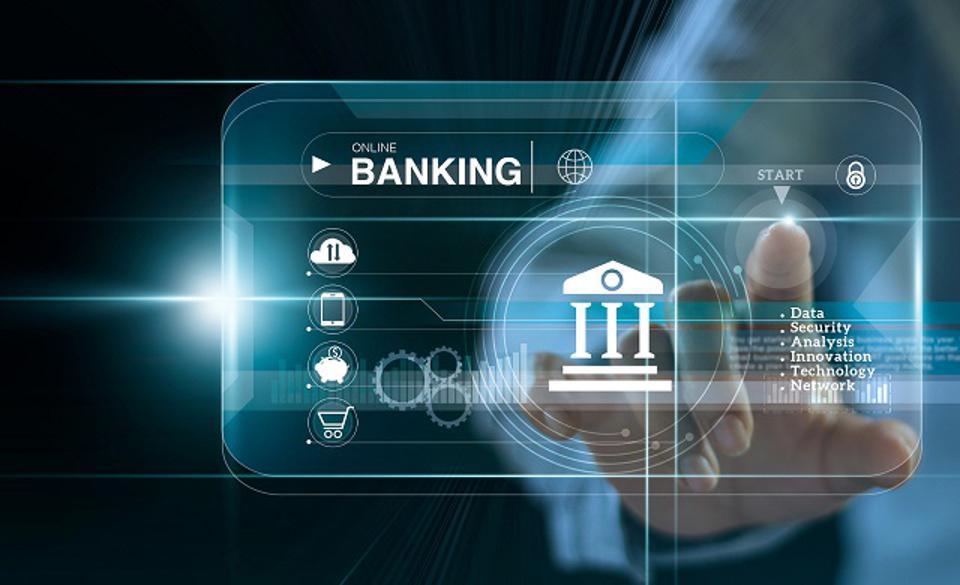Gone are the times you had to wait in long queues to withdraw money or even check your account balance. Now you can do everything online, from conducting financial transactions to checking your savings online account balance over the internet through online banking.
Customers can use online banking to perform any service available through a local branch, such as deposits, transfers, and bill payments. In addition, virtually every banking institution has some form of online banking available both on desktops and on mobile applications.
Online banking allows consumers to complete most of their primary banking transactions without visiting a bank branch. Instead, they can do all of this whenever and wherever they like—at work, at home, or on the go.
An Internet connection, a bank or debit card, and a computer or other device are required for online banking. Access to online banking requires clients to register for their bank’s service. A password needs to be created to register. As soon as this is done, the service can do all their banking.
Different institutions offer different online banking services. Most banks provide essential services such as transfers and bill payments using a payments bank app.
Some banks also allow customers to open new accounts and apply credit card online through online banking portals. In addition to ordering checks, stopping payments on bills, and reporting address changes, other functions are available.
Convenience is a significant advantage of online banking. Customers can carry out basic banking transactions such as paying bills and transferring funds between accounts any time of a day, seven days a week, wherever they wish.
Online banking is fast and efficient. Funds can be instantly transferred between accounts, within same bank or between banks. In addition, consumers can open and close several different accounts online, from fixed deposits to recurring deposit accounts that typically offer higher interest rates.
Consumers can also monitor their accounts regularly and up close, allowing them to keep their accounts safe. In addition, the accessibility of banking information round-the-clock serves as a safeguard against financial loss and damage by detecting fraudulent activity early.
There are no physical branches in some banks, and they operate exclusively online. Customer service is handled by phone, email, or online chat in these banks. Now that Wi-Fi and 4G networks are widely available, many people conduct online banking on their mobile devices. Customers can also conduct their online banking on desktop computers.
These banks might not offer direct access to automatic teller machines (ATMs), but they will allow consumers to use ATMs at other banks and retail shops. Additionally, they reimburse consumers for ATM fees that other financial institutions charge. Since online banks don’t have physical branches, they can charge consumers lower fees because of the reduced overhead costs. They also offer higher interest rates to customers.












Comments